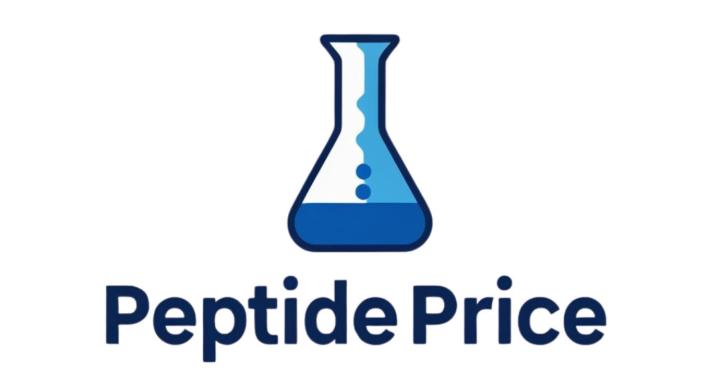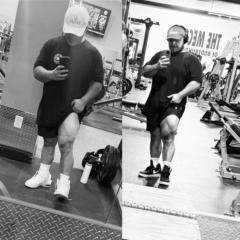6d • General discussion
What “Purity” Measures
Purity is almost always assessed by HPLC (High Performance Liquid Chromatography).
- The 99% value means that 99% of the material in that sample is the desired peptide sequence.
- The remaining ~1% consists of impurities, which are usually: Truncated peptides (chains that didn’t complete during synthesis) Deletion sequences (missing an amino acid somewhere) Minor side-products from synthesis or oxidation
2. What it does not mean
It does not automatically mean there are zero fillers. Some manufacturers sell peptides in pure lyophilized form (just the peptide salt, typically acetate or trifluoroacetate). Others may add excipients or bulking agents (like mannitol, trehalose, or glycine) to stabilize the peptide or make weighing easier.
This isn’t captured in the “99% purity” HPLC number unless the COA explicitly states “no excipients added.”
It also does not guarantee absence of endotoxins, heavy metals, or microbial contamination. Those require different tests (endotoxin assay, ICP-MS, sterility tests).
0
0 comments

skool.com/peptideprice
Premier peptide education hub. FREE courses on research peptides & GLP-1s. US supplier intel, safety protocols & expert community support. 🧬🚀
Powered by





